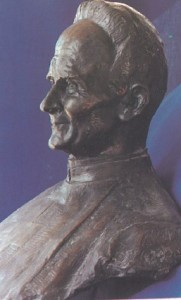 A Holy Mass presided over by Fr. Rebuschini lasted 40-50 minutes. Those who listened to him had the impression that they were attending a ‘sacred’ activity in the best sense of the term. We have already encountered this in those who attended his Masses in Barbignano. To those that have already been cited let us add the testimony of Maddalena Marchetti: ‘His Mass was more unique than unusual – he gave me the impression that he was in ecstasy’, and that of Adelaide Michetti: ‘When he celebrated Holy Mass and came to the elevation he halted as though he was in ecstasy and the sister, or the altar boy warned by the sister, had to pull his shirt in order to make him understand that he should not stop’. The same description is provided to us by witnesses from Cremona. Br. Doppio observed: ‘He celebrated Holy Mass with an intensity and with a fervour that transpired from all of his behaviour; he made very low genuflections’.
A Holy Mass presided over by Fr. Rebuschini lasted 40-50 minutes. Those who listened to him had the impression that they were attending a ‘sacred’ activity in the best sense of the term. We have already encountered this in those who attended his Masses in Barbignano. To those that have already been cited let us add the testimony of Maddalena Marchetti: ‘His Mass was more unique than unusual – he gave me the impression that he was in ecstasy’, and that of Adelaide Michetti: ‘When he celebrated Holy Mass and came to the elevation he halted as though he was in ecstasy and the sister, or the altar boy warned by the sister, had to pull his shirt in order to make him understand that he should not stop’. The same description is provided to us by witnesses from Cremona. Br. Doppio observed: ‘He celebrated Holy Mass with an intensity and with a fervour that transpired from all of his behaviour; he made very low genuflections’.
Fr. Vanti provides us with a more detailed account: ‘He got ready, starting in the evening, with a reading of the missal and commentaries on the liturgy (Gueranger, Schuster, Caronti, etc.). In the morning, before going out, he personally put everything in order and when he reached the altar it seemed that he was transformed both because of the warmth of his words and because of the expression of his face and the stance of the whole of his body. This was even more marked during the consecration of the communion. He himself told me that the most moving point in the Mass was for him to say the ‘Pater Noster’, given that he had the impression that he was saying with the lips of Jesus the prayer to the Father. This was also noted by the faithful who were present, in particular by the medical doctors who went to that house. I remember that the consultant-surgeon, Prof. Dalla Rosa, when going at times to a Mass celebrated by Fr. Enrico, said that it was rather long but the Holy Mass of a saint. Amongst his favourite books of this period I noticed De Sacrificio missae by Cardinal Bona and the tract on the sacrifice of the Mass by Fr. De La Taille which I myself procured for him to his immense joy after he had made a very polite request to me to do so. When he went out in the morning on the usual errands of a financial administrator, he found a way of being present at the last Mass in the city which was usually celebrated in the Duomo. In the house he also listened to all the Masses that he could. He was present at the Masses of ill priests who were in need of help and celebrated Masses in the rooms of the sick, especially those that were most difficult, and in the rooms of sick people in their homes’.
Celebrating a Holy Mass in people’s homes or in the rooms of sick people in clinics was one of the most important instruments of his apostolate, starting in the year 1905. It is well known that canon law at the time absolutely prohibited the holding of a Holy Mass in a person’s private home and this prohibition was only lifted with the revision of the Code of Canon Law in 1983. The Camillians could celebrate Holy Mass in people’s homes because of a very special privilege that had been granted to them by St. Pius X on 26 July 1905. Fr. Rebuschini was one of the first to take advantage of this and continued to do so until his death. In the evening, before beginning his rounds to visit the sick, he asked his Superior if he could hold a Holy Mass the next day and he offered 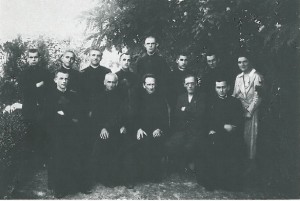 to do this with some of them. He said that in private homes he had people he had to attend to, the chronically ill, whom he helped spiritually. Each time he did this was for him a moment of intense spiritual animation where he involved those who were present.
to do this with some of them. He said that in private homes he had people he had to attend to, the chronically ill, whom he helped spiritually. Each time he did this was for him a moment of intense spiritual animation where he involved those who were present.
The number of communions was very often recorded by him, with a spontaneous appreciation of his faith by those taking part. He often witnessed scenes that edified him, such as the scene in the house of Antonio Seminari ‘who was about to die and called to his bedside all his children and said moving words of farewell to each one of them. He then carefully followed the liturgical rite and took communion’ (1 May 1921). Then there was the house of Prof. Sosso ‘reduced to skin and bones who can die at any moment. The patience and the conformity to the will of God is admirable in this beloved sick man’ (6 May 1925). Or the room of the ‘very pious old lady, the porter of the home at n. 6 Via Favagrossa’ (15 January 1932), with six communions. Or that of Maria Marchetti in Via Mancini 33 where ‘about forty people had gathered together, of whom thirty took communion’ (7 May 1932). Or of Virginia Casali, ‘a truly elect soul who will soon fly to the bosom of the Lord’ (8 February 1924).
Each time for him the mystery was renewed of God being near to men and taking part in their sufferings, of God who illumines the mystery of death with spiritual certainties. His Holy Masses left in those who were present, who could follow them near to the altar and not far off in the anonymity of a large church, a strong impression. The engineer Alessandro Scaglia at the apostolic process (1982) clearly remembered Fr. Enrico celebrating a Holy Mass in his home in the room of his dying mother when he was twenty (1923). For this reason, he remembered Fr. Rebuschini with admiration and gratitude. Scaglia testified as followed: ‘I saw him celebrate Mass in my home and some times in the chapel of the clinic. I always had the impression of a man engrossed in God and of a spiritual level much higher than the normal. The way in which he celebrated Holy Mass expressed a singular participation. In my long frequentation of priests and religious, I have not found people who made the same impression on me as he did’.



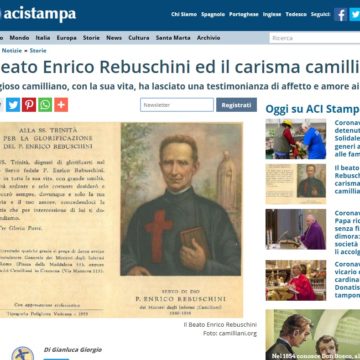
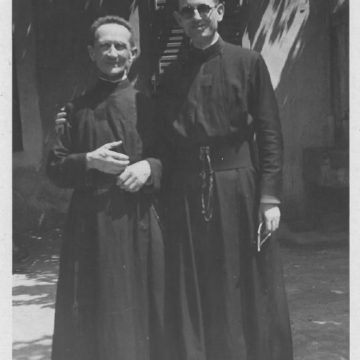
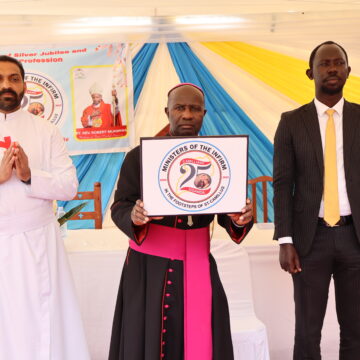
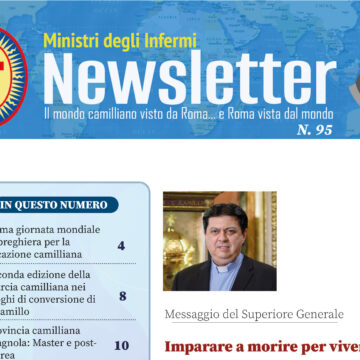
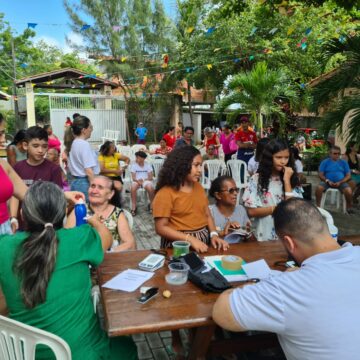
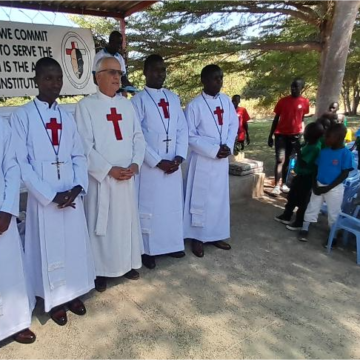
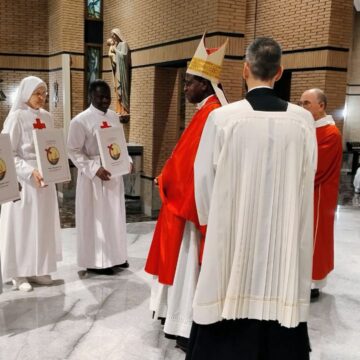

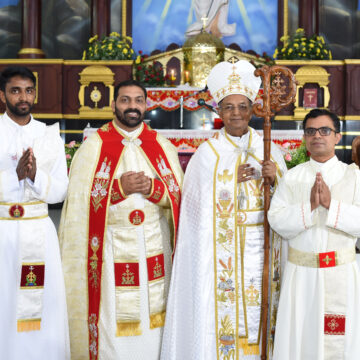
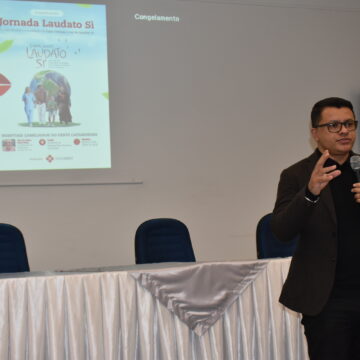
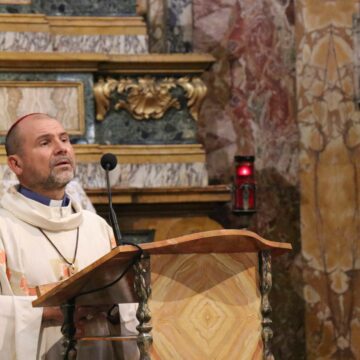
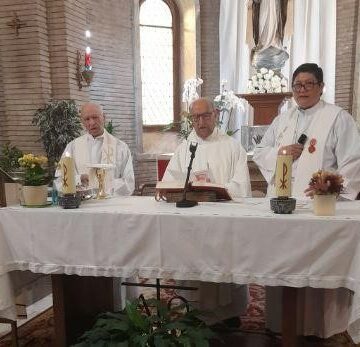
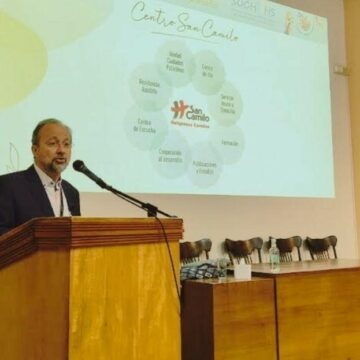
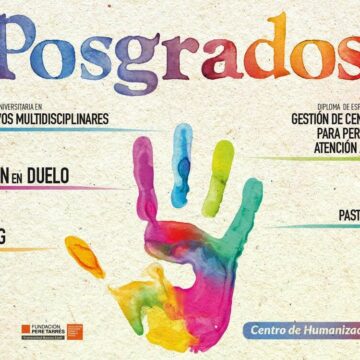
Camillians on Facebook
Camillians on Twitter
Camillians on Instagram